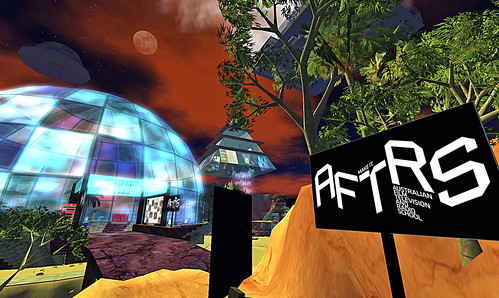For years, I complained about the ceaseless barrage of jokes sent to me via email by friends and family. I’d get particularly frustrated if I received the same joke email multiple times over a short period of time. I’d be near screaming point if I got the same again joke 6 months later.
Then I realised that the fact it comes via email is nothing more than a different delivery method. Twenty years ago you’d hear the same joke over and over but would you punch the lights out of the person who relayed it for the seventh time. Ok – sometimes you probably did want to get violent but you know what I mean: at the end of it all, a joke is something that’s meant to make you happy. I’m the first to admit I’ve got some good laughs from email jokes.
Aside from that, I’ve always wondered who generates the jokes in the first place. For the particularly good ones, I want to keep them sometimes. I know there are hundreds of thousands of email inboxes worldwide with ‘Jokes’ folders. This site is the next step on from that: a growing repository of jokes if for some reason you want to relive some humour. I’d particularly love to hear from the creators of the jokes – if you honestly believe you started the joke you see, comment on that post and give some history.
If you’re wondering what order jokes are appearing – they’ll appear as I receive them myself. There’s no accounting for taste so even the jokes that just make you groan will be featured. That said, overtly racist jokes or ones that go beyond the pale aren’t likely to be posted.
So please enjoy, have a laugh or two, and I look forward to building a community of fun!








Recent Comments